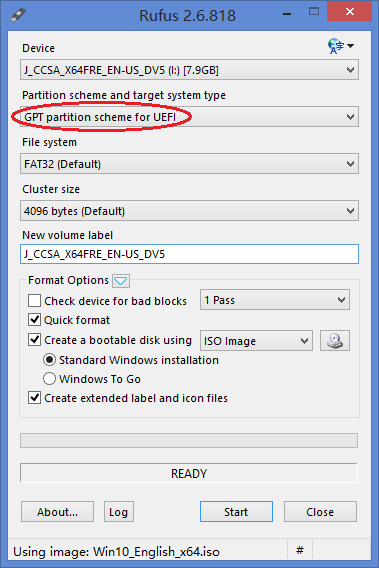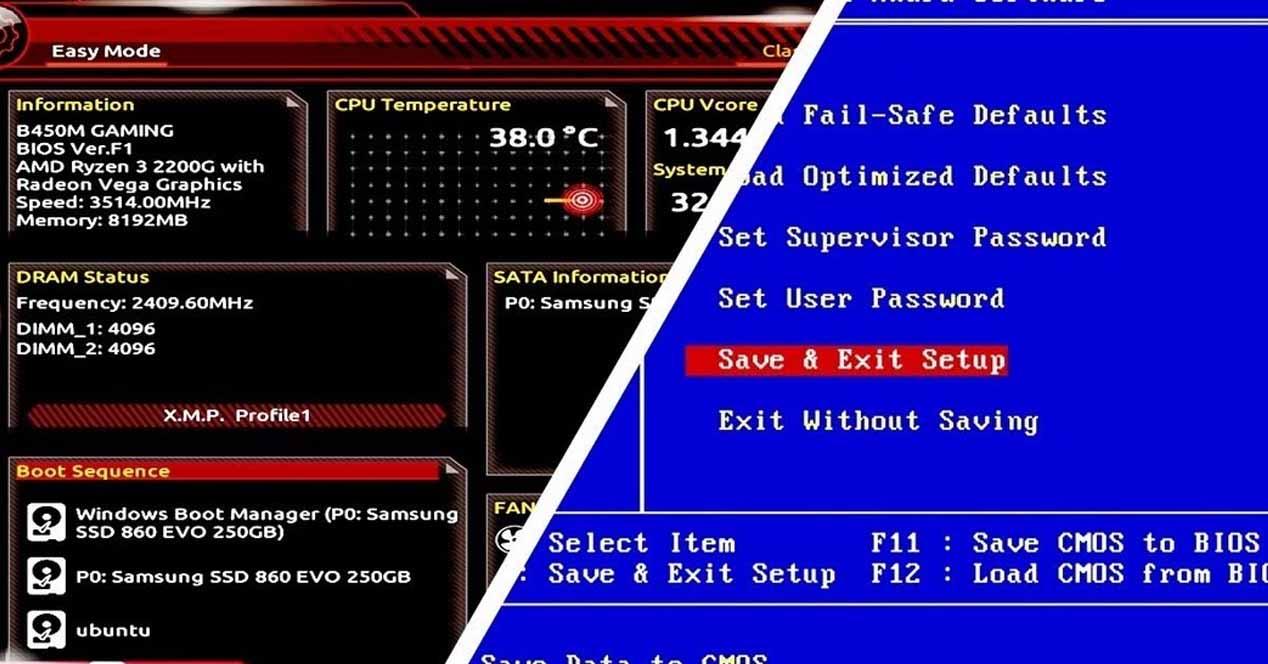How To Install Windows 10 Legacy Mode

Installing a new operating system can be a daunting task, especially if you're not familiar with the process. Luckily, there are plenty of helpful resources available that can assist you every step of the way. In this post, we'll be discussing how to install Windows 10 on a legacy IDE or GPT disk using UEFI bootable. We'll cover everything from the benefits of this method to the preparation you'll need, the installation process itself, and beyond. What is a Legacy IDE or GPT Disk? Before we dive into the installation process, let's first define what a legacy IDE or GPT disk is. A legacy IDE is an older type of hard drive interface, while GPT stands for GUID Partition Table. In a nutshell, GPT disks offer several advantages over legacy IDE disks, including support for larger disks and partitions, more reliable partitioning, and guaranteed compatibility with newer operating systems like Windows 10. What are the Benefits of Installing Windows 10 on a Legacy IDE or GPT Disk Using UEFI Bootable? Now that we know what a legacy IDE or GPT disk is, let's talk about the benefits of using this method to install Windows 10. Here are just a few: 1. More Reliable Partitioning: As mentioned above, GPT disks offer more reliable partitioning than traditional MBR disks. This means fewer errors and less chance of data corruption. 2. Compatibility: UEFI bootable installations are guaranteed to be compatible with newer operating systems like Windows 10, so you won't have to worry about compatibility issues down the line. 3. Larger Disks and Partitions: GPT disks can support much larger disks and partitions than traditional MBR disks, which is perfect for larger files and applications. Preparation Now that we've gone over the benefits of this method, let's discuss what you'll need before you can start the installation process. 1. A Windows 10 ISO: To begin, you'll need a copy of the Windows 10 ISO file. You can download it directly from Microsoft's website. 2. Rufus: Rufus is a free and open-source tool that allows you to create bootable USB drives from ISO files. You can download Rufus from their official website. 3. A USB Drive: You'll also need a USB drive with at least 8 GB of storage space. Installation With all the necessary preparations out of the way, it's time to begin the installation process itself. Here's how to install Windows 10 on a legacy IDE or GPT disk using UEFI bootable: 1. Create a Bootable USB Drive: The first step is to create a bootable USB drive using Rufus. Insert your USB drive, open Rufus, and select the Windows 10 ISO file you downloaded earlier. Click "Start" to begin the process. 2. Set Your BIOS to Boot from USB: Once the USB drive is ready, connect it to your computer and restart your system. Before Windows boots up, press the key combination to access your BIOS settings. Each system is different, so you may need to consult your manual or manufacturer's website for instructions. Once you're in the BIOS settings, look for the option to change the boot order and set your USB drive as the primary boot device. 3. Begin the Installation Process: With your BIOS properly configured, save your settings and restart your system. Windows should begin to boot from the USB drive, and you'll be prompted to choose your language and keyboard layout. Follow the on-screen instructions to progress through the installation process. 4. Configure Your Partitions: When prompted, select the "Custom: Install Windows only (advanced)" option. From here, you can select which partition you want to install Windows on. If you're installing on a GPT disk, you'll be able to create multiple partitions. 5. Complete the Installation: Once you've selected your partitions and confirmed your settings, click "Next" to begin the installation process. The process will take some time, so grab a cup of coffee and wait until it's complete. That's it! You've successfully installed Windows 10 on a legacy IDE or GPT disk using UEFI bootable. In Conclusion Installing a new operating system can be intimidating, but with the right resources and preparation, it doesn't have to be. By installing Windows 10 on a legacy IDE or GPT disk using UEFI bootable, you'll reap the benefits of a more reliable, compatible system that can handle larger disks and partitions. With our step-by-step guide, you'll be up and running in no time.
If you are looking for SeeTheTricks: How to install Windows 10 on GPT disk using UEFI bootable you've visit to the right page. We have 5 Pictures about Seethetricks: How To Install Windows 10 On Gpt Disk Using Uefi Bootable like How To Install Windows 10 On Legacy Mode With Uefi Bios | Window, Cómo Cambiar De Legacy Bios A Uefi En Windows 10 and also Seethetricks: How To Install Windows 10 On Gpt Disk Using Uefi Bootable. Read more:
How To Install Windows 10 On Legacy Ide - Recehmurah.com
 recehmurah.com
recehmurah.com How To Install Windows 10 On Legacy Mode With Uefi Bios | Window
 www.pinterest.com
www.pinterest.com bios uefi
Cómo Cambiar De Legacy Bios A Uefi En Windows 10
 hardzone.es
hardzone.es How To Install Windows 11 In Legacy Bios Mode On Your Pc
 www.minitool.com
www.minitool.com minitool
Seethetricks: how to install windows 10 on gpt disk using uefi bootable. Cómo cambiar de legacy bios a uefi en windows 10. Bios uefi
Tags: #How To Install Windows 11 In Legacy Bios Mode On Your Pc,#How To Install Windows 10 On Legacy Mode With Uefi Bios | Window, Cómo Cambiar De Legacy Bios A Uefi En Windows 10,#How To Install Windows 10 On Legacy Ide - Recehmurah.com
Comments
Post a Comment